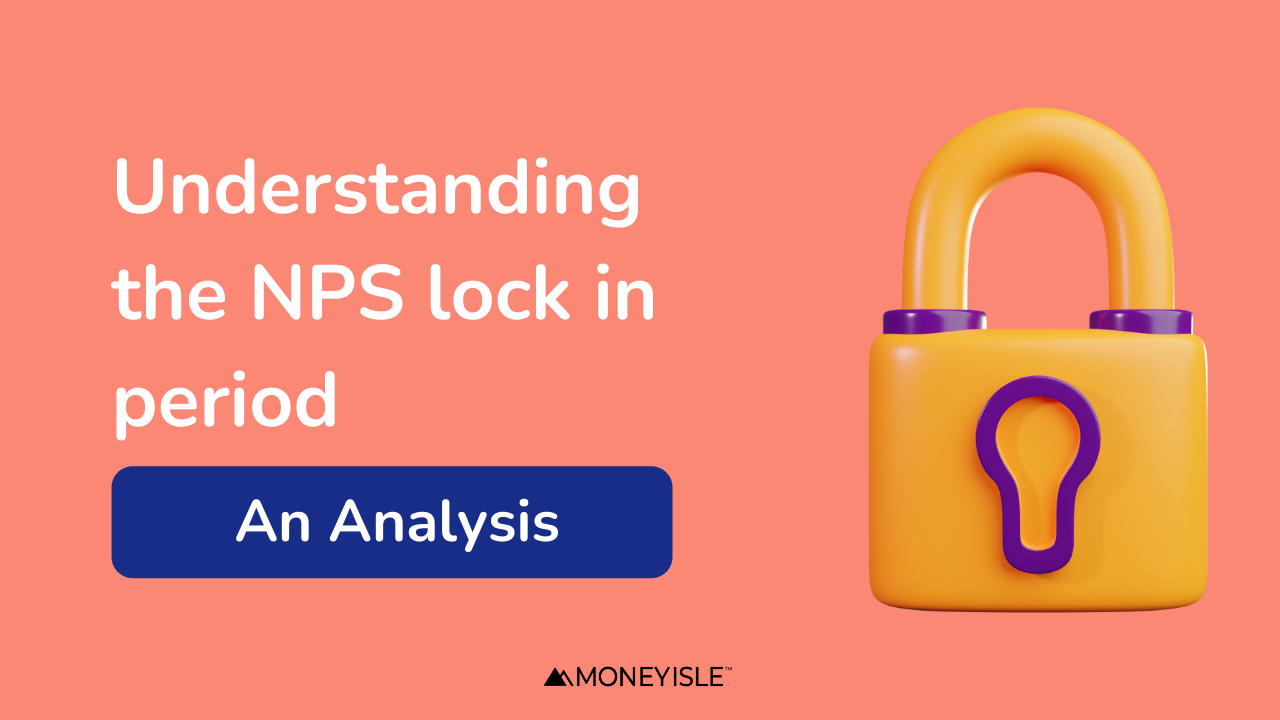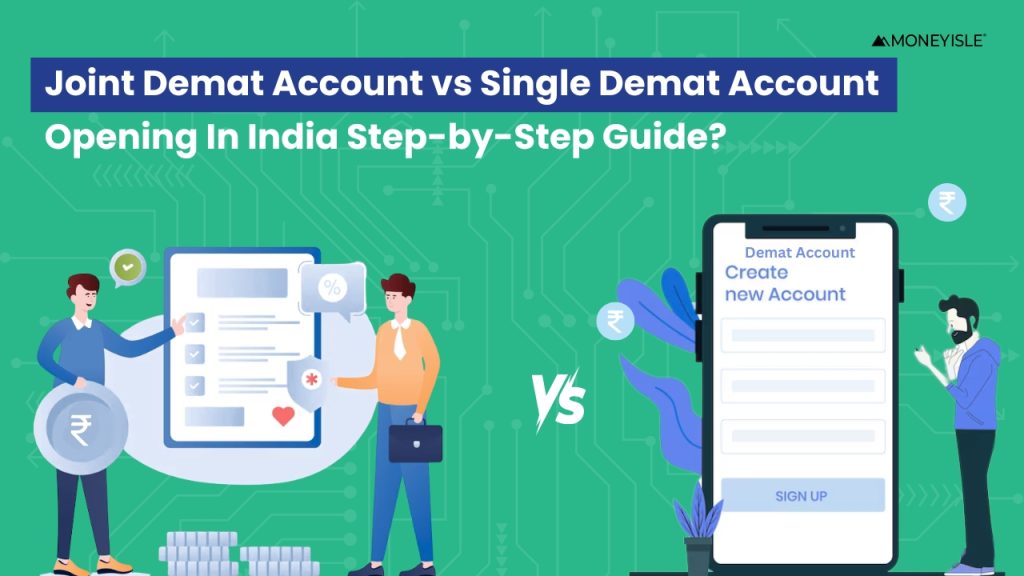NPS is a government-backed pension scheme that came into effect in January 2004 to provide a retirement program for government employees.
This was later opened for the general public in the year 2009. It basically works in such a way that it allows its subscribers to invest money into it annually until a certain lock in period, that is the retirement age. After that they will be able to withdraw a percentage of the amount in cash and the rest can be utilized to purchase an asset that provides annual, regular and passive income.
Any citizen, residential or non-residential, can subscribe to the scheme without any issues. The eligible age is from 18-60 years and the requirements are nothing more than KYC norms.
To be able to join or subscribe to the scheme you will have to open an NPS account with certain entities that are also known as POP or point of presence. Most of the banks that operate in the public and the private sector are labeled as effective POPs. You simply need to fill in the registration form by filling in the essential information and providing the same back to the POP.
What is the lock-in period of an NPS plan?
In terms of finance, the word “lock-in” refers to the inability of the investor to take his money out before a stated and agreed-upon period of time. These are common among mutual fund schemes that provide you with tax benefits. In other schemes such as schemes with equity-linked saving, you need to essentially forget about your investment for a total of three years or five years in a unit-linked insurance plan to let it reach its maturation period and withdraw it after that. Nevertheless, in something like an NPS or National Pension Scheme plan, the lock-in period is generally coinciding with the retirement age of the investor.
Keeping in mind that the lock-in periods of these schemes are so long, you should understand the plans and the implications that come along with them much better than the counterparts with smaller lock-in periods.
In an NPS scheme, the lock-in period is generally around 60 years which is the average age of retirement. The plan will require you to invest your money into NPS annually until the lock-in period is exceeded. Once you reach 60 years of age, you will be able to take out up to 60 percent of your invested amount. From whatever is left you will have the option to buy a financial product that earns you regular and annual passive income.
Understanding that the lock-in period in NPS is 60 years as in the age of the investor, what would be the outcome if the accumulation is withdrawn before the lock-in period. The scheme is designed in such a way that it does not allow premature withdrawals. This is done by making it mandatory that upwards of 80% of the invested money needs to be annuitized and only 20% can be taken out as a lump sum. Anyhow, there is an allowance to permit partial withdrawal for understandable emergencies under the PFRDA act of 2013.
Important terms in NPS
- PRAN: The PRAN or the permanent retirement account number is a sequence of 12 digits that is issued to the subscriber on a card by the POP upon registration and subscription of the NPS scheme.
- Tier 1 and Tier 2 accounts: There are two different types of accounts that are offered under the NPS. The first one offers a very restrictive account that discourages the withdrawal of money by the subscriber by employing various methods that create minimal benefits for the subscriber in case they withdraw. The second one is a comparatively free account and the subscriber is able to withdraw money from the account whenever they need to.
Things about NPS you need to know
An NPS account can only be opened once for an individual. This makes perfect sense as there is no need for a second account since the single account that you create is valid across sectors and transferable too. Let’s say you want to subscribe to an NPS account, the minimum amount of money that you will be required to deposit into the account at the end of each year is about 6000 rupees. This minimum amount needs to be compulsorily paid before the end of the year, failing which will lead to your NPS account getting frozen. There is no need to panic since your account will be unfrozen if you go to your POP and pay the minimum payment for the year and also a minimal fine.
There are two types of investments that are offered by the NPS accounts. The Active Choice and the Auto Choice.
- Active Choice: In this type of investment the subscriber gets to choose what assets the money will be invested on and also the percentages in which it will be invested. The Active choice has three which are Asset Class (E), (C) and (G). The Asset class E offers a 50% investment into stocks and the rest offer investment into stocks and government securities and only government securities respectively.
- Auto Choice: In this choice, the subscriber does not get to have a say in what assets the amount he deposits will be invested into and the POP will have a choice in deciding the investment portfolio
There is no need to panic in case you have made your investment choices. There is complete freedom for you to change your investment type for both Tier 1 and Tier 2 accounts for one time every year.
There are amazing taxation benefits that you can receive by owning an NPS account. For an employee’s individual contribution it comes up to a deduction of 10% from the salary according to the income tax act within the upper limit of 1.5 Lakh rupees under the concurrent sections 80C and 80CCE.
Apart from that when you reach 60 years of age and choose to withdraw your complete corpus amount from the account you will be able to withdraw a complete 60% of your amount absolutely tax-free and the remaining 40% can be used to purchase an asset from any of the listed PFRDA companies. This asset should be one that generates continuous passive income over every fiscal year.
There may always be a possibility of the subscriber passing away before he/she attains the age of 60 or the stop limit of an NPS account. When this occurs, the entire amount accumulated in the account will be paid completely tax-free to the legal heir of the deceased subscriber after going through the right legal steps.
What is an NPS annuity and how does it work?
After your NPS account reaches the stop limit, the account will be mature for withdrawal. As mentioned earlier, 60% of the accumulated amount will be able to be withdrawn without facing any taxes. This amount will be withdrawn in cash or transferable to a savings or current bank account. After this, the remainder will be used by the subscriber to purchase an asset under the listed PFRDA companies that provide an annuity. It can be basically described as an asset that brings in a stipend type income by either providing investments into different schemes or into real estate. This asset needs to be used for annuity itself and cannot be withdrawn as money or sold off.
Conclusion
The NPS accounts are a way to ensure that citizens have a guaranteed safe future once they reach retirement age in sectors that do not provide a pension. These NPS accounts can be created easily and then contributed to over a minimum amount. This amount accumulates over the years. Both through investment benefits and through cumulative contribution by the subscriber. Once the lock-in period is reached, the subscriber will be able to withdraw the amount and then use a percentage of it for any purpose while another percentage is used to buy an asset that provides an annuity.
This guarantees economic safety for the subscriber in his retired life. Therefore, NPS accounts are very beneficial and investing in them is a very good option to provide oneself with a safe retried life.











